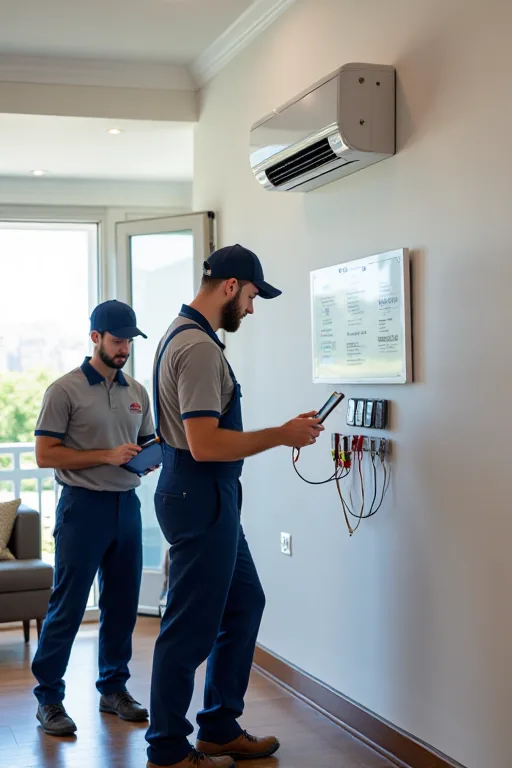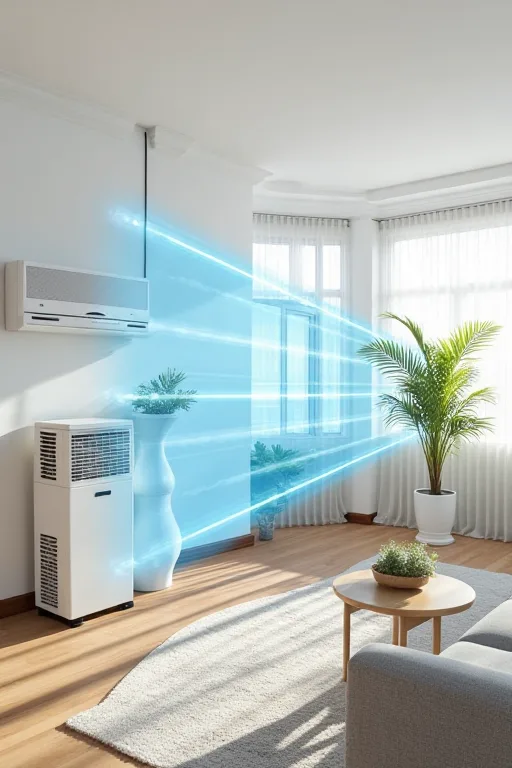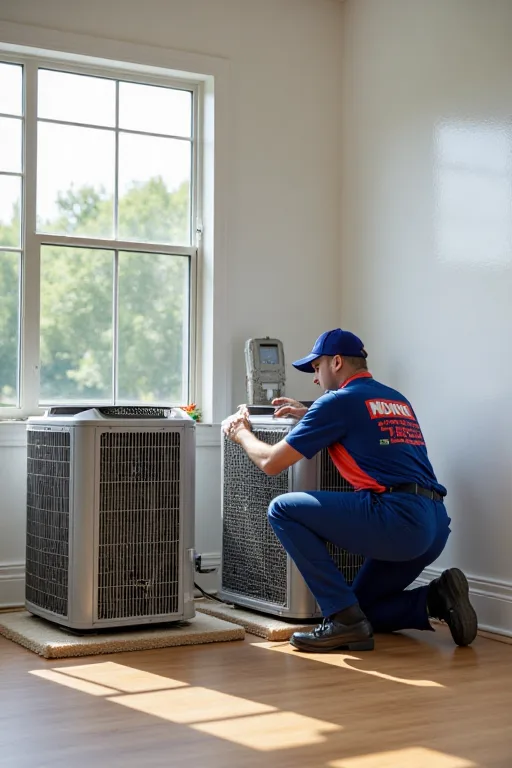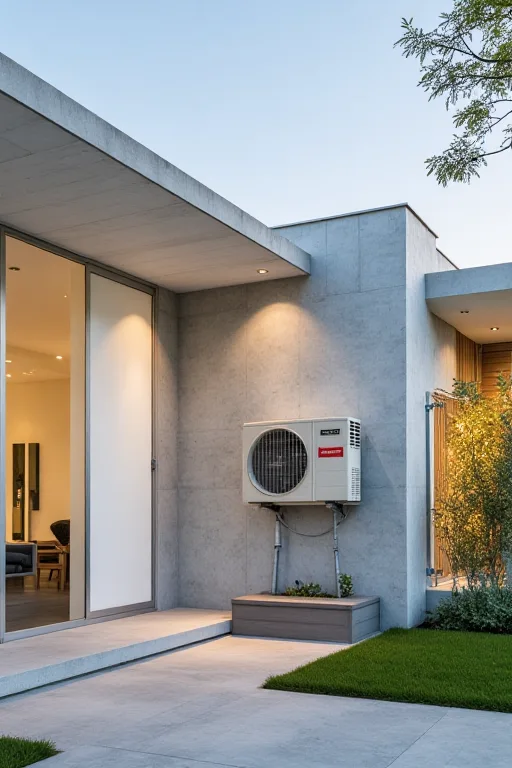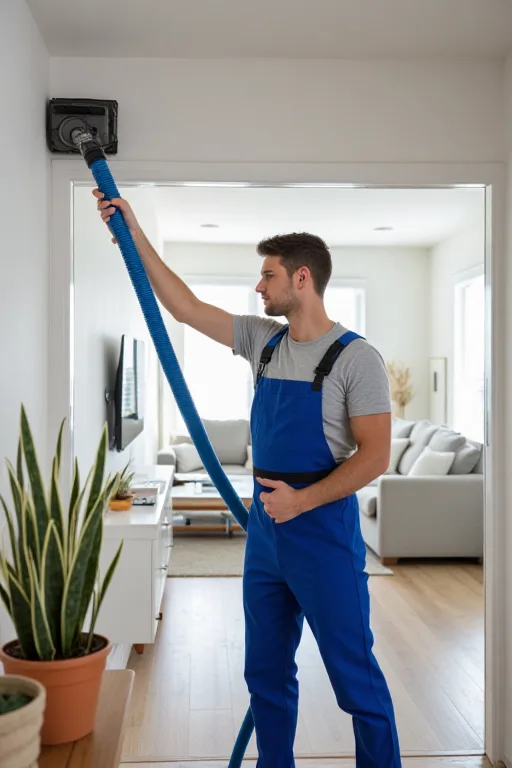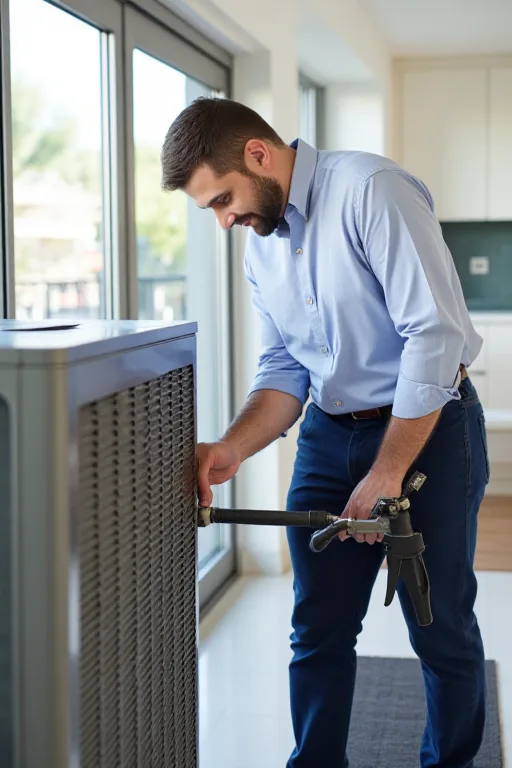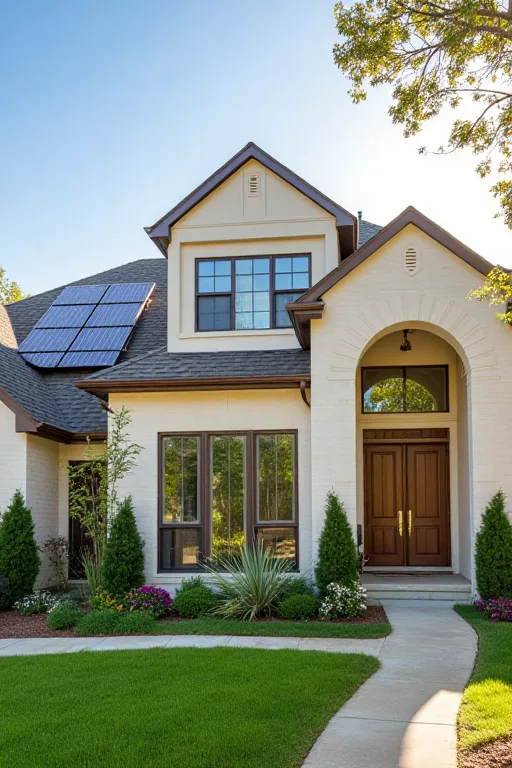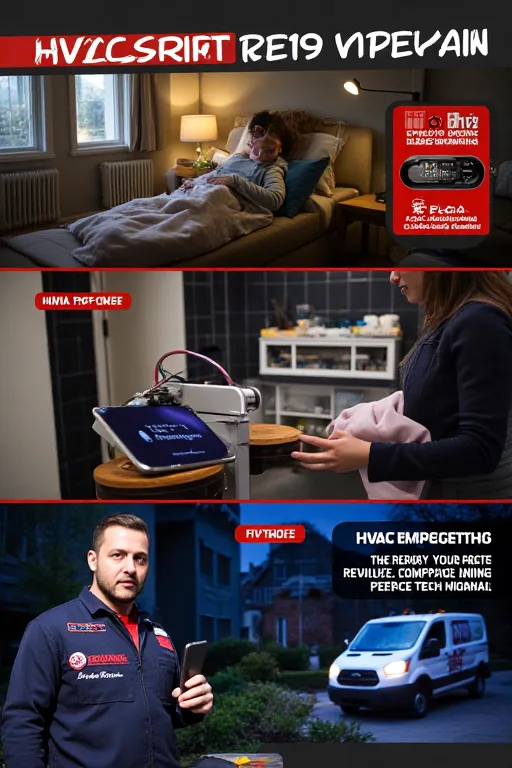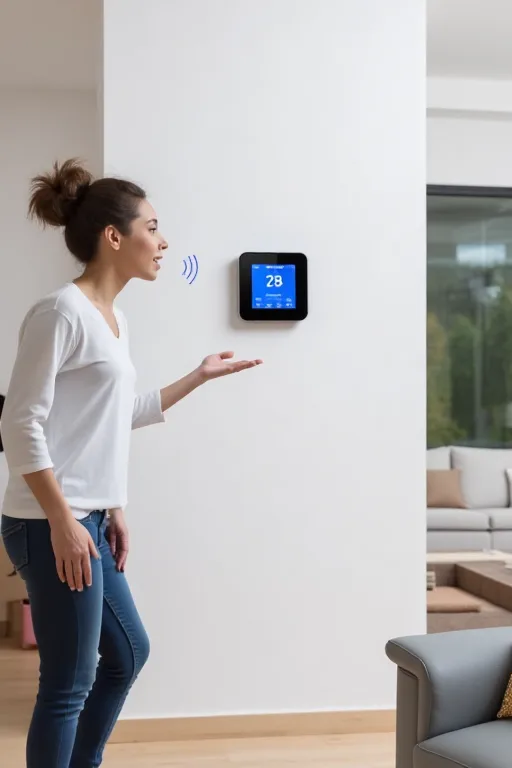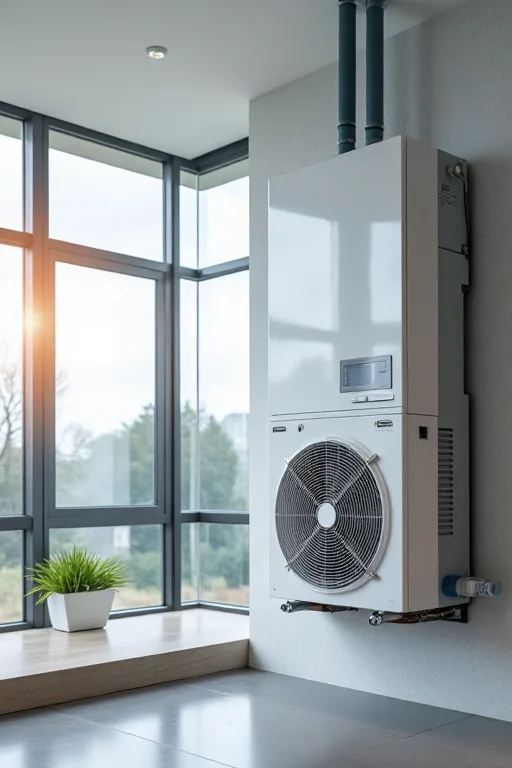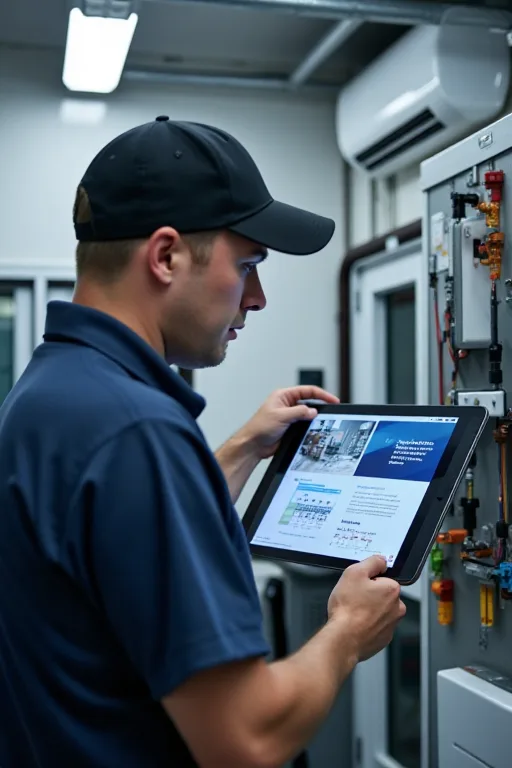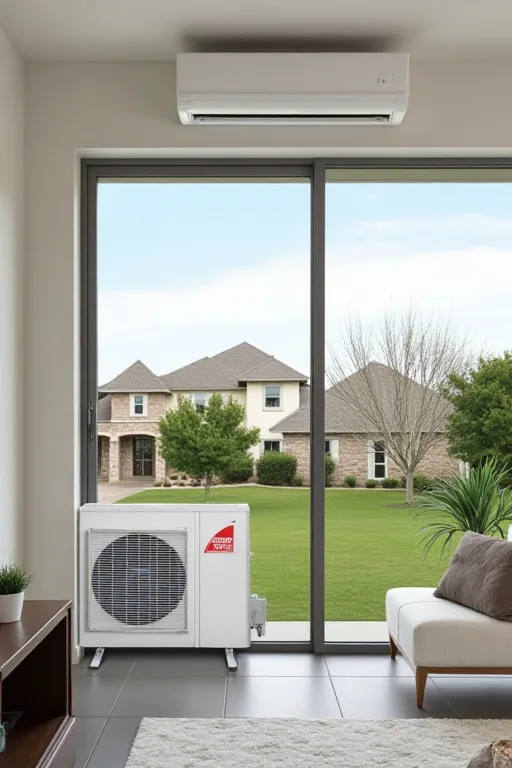Enhancing Your Home's Heating and Cooling Efficiency
Best HVAC Contractors Near Colleyville, Texas: Your Ultimate Guide to Home Comfort and Efficiency
Why Choosing the Right HVAC Contractor Matters
Your HVAC system is a significant investment in your home’s infrastructure. An efficient system not only provides comfort but also contributes to energy savings and improved indoor air quality. Conversely, a poorly maintained or improperly installed HVAC system can lead to inefficiency, higher energy bills, frequent breakdowns, and potential health hazards due to poor air quality.
Key Reasons:
- Efficiency and Cost Savings: Proper installation and maintenance ensure your HVAC system operates efficiently, reducing energy consumption and lowering utility bills.
- System Longevity: Regular maintenance and timely repairs extend the lifespan of your HVAC system, delaying the need for costly replacements.
- Indoor Air Quality: A well-maintained HVAC system effectively filters and circulates air, improving indoor air quality and reducing allergens and pollutants.
- Comfort: Ensures consistent heating and cooling, eliminating hot or cold spots in your home and maintaining a comfortable living environment.
- Safety: Identifies and mitigates safety hazards such as carbon monoxide leaks or electrical faults, ensuring a safe home environment.
Choosing the right HVAC contractor is crucial in achieving these benefits. A skilled and reputable contractor ensures that your system is installed correctly, maintained regularly, and repaired promptly when issues arise.
Key Criteria for Selecting the Best HVAC Contractors
Selecting the best HVAC contractor in Colleyville, Texas, involves evaluating several critical factors. Here’s what to consider:
1. Licensing and Certification
Ensure that the contractor holds the necessary licenses and certifications required by Texas state laws. Certifications from recognized bodies like North American Technician Excellence (NATE) indicate a higher level of expertise and commitment to quality service.
2. Experience and Reputation
Look for contractors with a proven track record in the industry. Experienced contractors are more likely to handle complex installations and repairs efficiently. Check online reviews, testimonials, and ratings on platforms like Google, Yelp, and the Better Business Bureau (BBB) to gauge their reputation.
3. Comprehensive Services
The best contractors offer a wide range of services, including installation, maintenance, repair, and emergency services. Comprehensive service offerings ensure that all your HVAC needs are met under one roof.
4. Transparent Pricing
Transparent pricing with detailed estimates helps avoid unexpected costs. A reputable contractor should provide a clear breakdown of costs for services, including labor, materials, and any additional fees.
5. Warranty and Guarantees
Look for contractors who offer warranties on their work and the products they install. Warranties provide peace of mind, ensuring that any issues arising post-installation are addressed without additional costs.
6. Energy Efficiency Focus
Contractors who prioritize energy efficiency can help you select systems that reduce energy consumption and lower utility bills. They should be knowledgeable about the latest energy-efficient technologies and systems.
7. Professionalism and Customer Service
Professionalism in communication, punctuality, and respect for your home is essential. Good customer service ensures a smooth and hassle-free experience from start to finish.
8. Local Knowledge
Local contractors understand the specific HVAC needs of the Colleyville area, considering factors like climate, common issues, and regional regulations. This local expertise can significantly enhance the quality of service.
Top HVAC Contractors in Colleyville, Texas
Based on the above criteria, here are some of the top HVAC contractors serving Colleyville, Texas:
1. Colleyville Comfort HVAC
Overview:
Colleyville Comfort HVAC is renowned for its exceptional customer service and technical expertise. With over 20 years in the industry, they specialize in both residential and commercial HVAC systems.
Services Offered:
- HVAC Installation
- Regular Maintenance Plans
- Emergency Repair Services
- Air Quality Solutions
- Energy Efficiency Consultations
Why Choose Them:
Their commitment to customer satisfaction is evident through numerous positive reviews. They offer comprehensive warranties and prioritize energy-efficient solutions, helping homeowners save on energy bills while maintaining comfort.
2. Elite Heating and Cooling
Overview:
Elite Heating and Cooling prides itself on delivering top-notch HVAC services with a focus on reliability and efficiency. Their team of certified technicians ensures every job is done right the first time.
Services Offered:
- New HVAC System Installations
- Preventative Maintenance
- 24/7 Emergency Repairs
- Duct Cleaning and Sealing
- Thermostat Upgrades
Why Choose Them:
Elite Heating and Cooling has a strong reputation for punctuality and professionalism. Their transparent pricing and detailed estimates make them a trustworthy choice for any HVAC needs.
3. Texan HVAC Services
Overview:
Texan HVAC Services offers comprehensive heating and cooling solutions tailored to the unique needs of Colleyville residents. With a focus on innovation, they integrate the latest technologies into their services.
Services Offered:
- Smart Thermostat Installation
- Heat Pump Services
- Furnace and AC Repair
- Indoor Air Quality Enhancements
- System Performance Checks
Why Choose Them:
Their expertise in the latest HVAC technologies ensures that clients receive modern, efficient solutions. Texan HVAC Services is known for their meticulous attention to detail and excellent customer support.
4. Precision Air Systems
Overview:
Precision Air Systems is dedicated to providing precise and efficient HVAC services. Their technicians are highly trained, ensuring accurate diagnoses and effective solutions.
Services Offered:
- Central Air Conditioning
- Heating System Installations
- HVAC Tune-Ups
- Energy Audits
- Emergency HVAC Services
Why Choose Them:
Clients appreciate Precision Air Systems for their reliability and technical proficiency. Their focus on energy efficiency helps homeowners reduce costs while maintaining optimal indoor climates.
5. Premier Climate Control
Overview:
Premier Climate Control offers premium HVAC services with a commitment to excellence. They cater to both residential and commercial clients, providing customized solutions.
Services Offered:
- Custom HVAC Installations
- Comprehensive Maintenance Plans
- Rapid Repair Services
- Air Purification Systems
- Ventilation Solutions
Why Choose Them:
Premier Climate Control is known for their personalized approach, ensuring each client receives a solution tailored to their specific needs. Their high-quality service and customer-centric philosophy set them apart in the Colleyville area.
Services Offered by HVAC Contractors
Understanding the range of services provided by HVAC contractors can help you choose the right one based on your needs. Here’s an overview of common services:
Installation Services
Proper installation is crucial for the performance and longevity of your HVAC system. Contractors provide:
- New System Installations: Installing new heating and cooling systems tailored to your home’s size and requirements.
- System Upgrades: Replacing outdated systems with modern, energy-efficient models.
- Custom Installations: Designing and installing systems that cater to specific needs, such as zoned heating or multi-room setups.
Maintenance Services
Regular maintenance keeps your HVAC system running efficiently and prevents costly repairs. Maintenance services include:
- Routine Inspections: Checking all components to ensure they are functioning correctly.
- Filter Replacement: Changing or cleaning air filters to maintain air quality and system efficiency.
- Lubrication of Moving Parts: Reducing friction and wear on system components.
- Performance Testing: Ensuring the system operates within optimal parameters.
Repair Services
When your HVAC system malfunctions, timely repairs are essential to restore comfort. Repair services cover:
- Component Repairs: Fixing or replacing faulty parts such as motors, compressors, and fans.
- Refrigerant Leaks: Identifying and repairing leaks to maintain proper cooling.
- Electrical Repairs: Addressing wiring issues and ensuring safe electrical connections.
- System Diagnostics: Conducting thorough diagnostics to identify and resolve issues promptly.
Energy Efficiency Upgrades
Improving your HVAC system’s energy efficiency can lead to significant savings. Contractors offer:
- Thermostat Upgrades: Installing smart thermostats for better temperature control and energy management.
- Duct Sealing and Insulation: Enhancing ductwork to prevent air loss and improve system efficiency.
- High-Efficiency Systems: Upgrading to systems with higher SEER ratings for greater energy savings.
- Programmable Thermostats: Allowing for more precise control over heating and cooling schedules.
Emergency Services
HVAC systems can fail unexpectedly, leading to uncomfortable and potentially hazardous conditions. Emergency services include:
- 24/7 Availability: Offering round-the-clock repair services to address urgent issues.
- Rapid Response: Ensuring quick dispatch of technicians to minimize downtime and discomfort.
- Comprehensive Repairs: Providing immediate solutions to restore system functionality and safety.
Benefits of Hiring Local HVAC Contractors in Colleyville
Choosing a local HVAC contractor in Colleyville offers several advantages:
Quick Response Times
Local contractors can respond more quickly to service requests, especially in emergencies. Their proximity allows for faster dispatch and on-site service, minimizing the duration of any HVAC issues.
Personalized Service
Local contractors are invested in their community and strive to maintain a strong reputation. This often translates to more personalized and attentive service, ensuring your specific needs are met with care and expertise.
Knowledge of Local Climate
Understanding the local climate is crucial for HVAC performance. Local contractors are familiar with the temperature extremes and humidity levels in Colleyville, enabling them to recommend and install systems that are well-suited to the area’s weather patterns.
Supporting the Local Economy
Hiring local businesses supports the local economy and fosters community growth. It also builds a network of trusted service providers who are more likely to prioritize customer satisfaction.
Long-Term Relationships
Local contractors are more inclined to build long-term relationships with their clients. This can lead to better service, as they become more familiar with your home and HVAC system over time.
How to Maintain Your HVAC System
Proper maintenance is key to ensuring your HVAC system operates efficiently and lasts longer. Here are some essential maintenance tips:
Regular Filter Replacement
Replace or clean air filters every 1-3 months to maintain clean airflow and system efficiency. Clogged filters can restrict airflow, causing the system to work harder and increasing energy consumption.
Annual Professional Inspections
Schedule annual inspections with a professional HVAC technician to identify and address potential issues before they escalate. Regular inspections can prevent major breakdowns and extend the lifespan of your system.
Keep Vents and Registers Clear
Ensure that all supply and return vents are free from obstructions such as furniture, rugs, or curtains. Clear vents allow for optimal airflow and system performance.
Clean the Outdoor Unit
Remove debris, leaves, and dirt from the outdoor condenser unit to prevent airflow blockage and overheating. Keep the area around the unit clear to ensure proper ventilation.
Monitor Thermostat Settings
Ensure your thermostat is functioning correctly and set to an optimal temperature. Consider upgrading to a smart thermostat for better control and energy management.
Inspect Ductwork
Periodically check ductwork for leaks, gaps, or blockages and seal them to prevent air loss. Well-sealed ducts improve airflow and system efficiency.
Maintain Proper Insulation
Ensure that your home is adequately insulated to prevent heat loss in the winter and heat gain in the summer. Proper insulation reduces the workload on your HVAC system, enhancing efficiency.
Clear the Area Around the System
Maintain a clear space around your HVAC units to ensure proper ventilation and cooling. Avoid placing obstacles near the units that could restrict airflow.
Customer Testimonials and Success Stories
Case Study 1: Energy Savings in a Family Home
Problem:
A family in Colleyville noticed a steady increase in their energy bills and inconsistent temperatures throughout their home. The HVAC system was over 15 years old and showing signs of wear and inefficiency.
Solution:
Colleyville Comfort HVAC conducted a comprehensive performance check, identifying clogged filters, refrigerant leaks, and inefficient ductwork. The contractor replaced the old filters, repaired the refrigerant leaks, and sealed the ducts to prevent air loss.
Result:
The family experienced a 25% reduction in energy bills and consistent temperatures in every room. The enhanced efficiency also extended the lifespan of their HVAC system, saving them from the cost of a full replacement.
Case Study 2: Improved Air Quality in an Office Building
Problem:
Employees in a local office building reported poor air quality and frequent HVAC system malfunctions, leading to discomfort and decreased productivity.
Solution:
Elite Heating and Cooling performed a detailed inspection, uncovering dirty filters, inadequate ventilation, and failing electrical components. The contractor installed high-efficiency filters, upgraded the ventilation system, and repaired the electrical faults.
Result:
Air quality improved significantly, and the frequency of system breakdowns decreased. Employees reported increased comfort and productivity, and the building management benefited from lower maintenance costs and improved HVAC system reliability.
Case Study 3: Extended HVAC Lifespan in a Retail Store
Problem:
A retail store’s HVAC system was over 20 years old and frequently breaking down, disrupting daily operations and customer comfort.
Solution:
Texan HVAC Services conducted a thorough performance check, identifying worn-out components and poor system efficiency. The contractor replaced critical parts, optimized the system settings, and provided a maintenance schedule to prevent future issues.
Result:
The HVAC system operated smoothly with fewer breakdowns, ensuring a comfortable environment for both staff and customers. The store saw improved energy efficiency and avoided the immediate need for a costly system replacement.
Frequently Asked Questions (FAQs)
- Q: How often should I have my HVAC system performance checked?
- A: It is recommended to have your HVAC system performance checked at least once a year, preferably before the heating and cooling seasons begin. Regular checks help identify and address issues early, ensuring your system operates efficiently.
- Q: What are the signs that my HVAC system needs a performance check?
- A: Signs include rising energy bills, inconsistent temperatures, frequent repairs, unusual noises, poor indoor air quality, and longer system run times. If you notice any of these symptoms, it’s time to schedule a performance check.
- Q: Can a performance check help lower my energy bills?
- A: Yes, a performance check ensures that your HVAC system operates efficiently, reducing energy consumption and lowering utility bills. Identifying and fixing issues like refrigerant leaks and clogged filters can significantly enhance energy efficiency.
- Q: What does an HVAC performance check include?
- A: An HVAC performance check typically includes inspecting and cleaning components, checking refrigerant levels, testing airflow, evaluating electrical connections, calibrating thermostats, and assessing overall system efficiency.
- Q: Are there any benefits to scheduling performance checks during the off-season?
- A: Yes, scheduling performance checks during the off-season can prevent system issues before peak usage periods, ensuring your HVAC system is ready for the upcoming heating or cooling season without unexpected breakdowns.
- Q: How can I choose the right HVAC contractor for performance checking services?
- A: Choose a licensed and certified contractor with a solid reputation, extensive experience, comprehensive service offerings, transparent pricing, and excellent customer reviews. Local knowledge and a commitment to energy efficiency are also important factors.
- Q: Do performance checks include air duct inspections?
- A: Yes, many performance checks include inspecting ductwork for leaks, gaps, and proper insulation to ensure optimal airflow and system efficiency.
- Q: Can performance checks identify safety issues with my HVAC system?
- A: Yes, performance checks can identify safety hazards such as carbon monoxide leaks, electrical faults, and structural issues within the system, ensuring a safe and efficient operation.
- Q: What maintenance tasks can I perform myself after a performance check?
- A: You can regularly replace or clean air filters, keep vents and registers clear, and ensure the outdoor unit is free from debris. However, more complex maintenance tasks should be handled by professionals.
- Q: How long does an HVAC performance check take?
- A: The duration varies depending on the size and complexity of your HVAC system, but typically it takes between 1 to 3 hours.
- Q: Are there any incentives for regular HVAC performance checks?
- A: Some utility companies and government programs offer incentives or rebates for regular HVAC maintenance and performance checks, promoting energy efficiency and system longevity.
- Q: Can performance checks help prevent HVAC system breakdowns?
- A: Yes, by identifying and addressing potential issues early, performance checks can prevent unexpected breakdowns and ensure your HVAC system remains reliable.
- Q: How do performance checks contribute to environmental sustainability?
- A: By maintaining energy-efficient HVAC systems, performance checks reduce energy consumption and lower carbon emissions, contributing to environmental sustainability.
- Q: What tools do technicians use during performance checks?
- A: Technicians use various tools such as multimeters, refrigerant gauges, airflow meters, thermometers, and specialized software to diagnose and evaluate HVAC system performance.
- Q: Can performance checks improve my home's resale value?
- A: Yes, a well-maintained and efficient HVAC system can enhance your home's resale value by appealing to potential buyers seeking reliable and energy-efficient systems.
- Q: What should I do if my HVAC system fails a performance check?
- A: If your system fails a performance check, follow the contractor’s recommendations for repairs or upgrades to restore efficiency and prevent further issues.
- Q: How can I monitor my HVAC system's performance between checks?
- A: Use smart thermostats and air quality monitors to track your system’s performance and indoor air quality in real-time, helping you identify any potential issues early.
- Q: What is the difference between a performance check and a regular maintenance service?
- A: A performance check is a comprehensive evaluation focused on assessing system efficiency and identifying issues, while regular maintenance typically involves routine tasks like filter changes and basic inspections to keep the system running smoothly.
- Q: Do performance checks include both heating and cooling systems?
- A: Yes, performance checks encompass both heating and cooling components of your HVAC system, ensuring overall system efficiency and reliability.
- Q: Can I perform any aspects of a performance check myself?
- A: While you can perform basic tasks like filter replacement and keeping vents clear, most aspects of a performance check require professional expertise and specialized tools.
Conclusion
Ensuring your HVAC system operates at peak performance is essential for maintaining a comfortable and healthy indoor environment. In Colleyville, Texas, selecting the best HVAC contractors can make a significant difference in the efficiency, longevity, and reliability of your heating and cooling systems. By considering key criteria such as licensing, experience, comprehensive services, and customer reviews, you can find a contractor that meets your specific needs and ensures your home remains a comfortable haven year-round.
Regular performance checks, maintenance, and timely repairs not only enhance your system’s efficiency but also contribute to significant energy savings and improved indoor air quality. Whether you’re dealing with an unexpected breakdown or planning a system upgrade, partnering with a reputable local HVAC contractor ensures that your investment is protected and your home remains comfortable and efficient.
For optimal results, prioritize working with top-rated HVAC contractors in Colleyville, Texas, and embrace proactive maintenance practices to keep your HVAC system running smoothly for years to come. Your comfort and well-being depend on it.


